Entry Category: Counties, Cities, and Towns
Driftwood (Lawrence County)
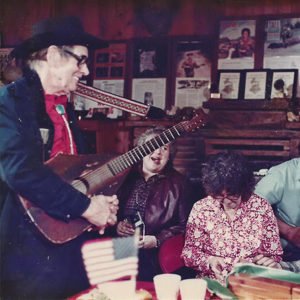 Jimmy Driftwood at Home
Jimmy Driftwood at Home
 Jimmy Driftwood and Friends
Jimmy Driftwood and Friends
 Drilling Grocery
Drilling Grocery
Dubuque (Boone County)
Duckett (Howard County)
Duckett Ford (Howard County)
aka: Duckett Crossing (Howard County)
Duffie (Hot Spring County)
Dumas (Desha County)
 Dumas Street Scene
Dumas Street Scene
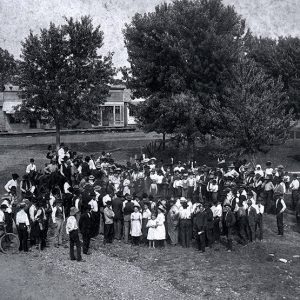 Dumping Moonshine
Dumping Moonshine
Dunnington (Independence County)
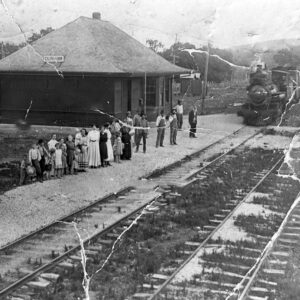 Durham Depot
Durham Depot
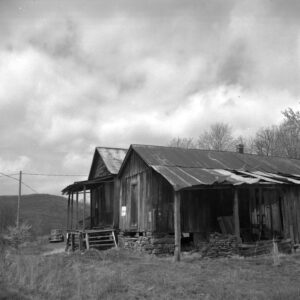 Dutton Store
Dutton Store
Dyer (Crawford County)
Dyess (Mississippi County)
aka: Dyess Colony Resettlement Area
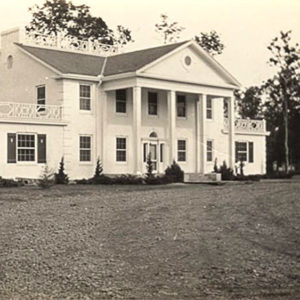 Dyess Administration Building
Dyess Administration Building
 Dyess Buildings
Dyess Buildings
 Dyess Colony
Dyess Colony
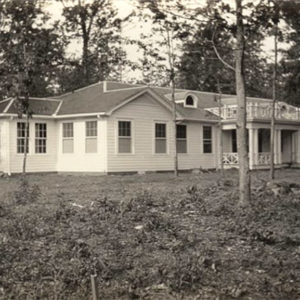 Dyess Hospital
Dyess Hospital
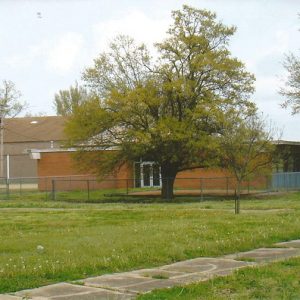 Dyess School
Dyess School
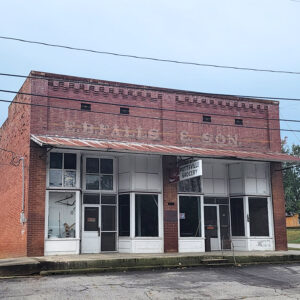 E. B. Falls & Son Building
E. B. Falls & Son Building
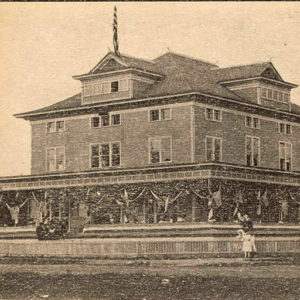 E. S. Crossett Club
E. S. Crossett Club
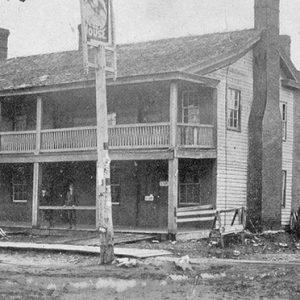 Eagle Hotel
Eagle Hotel
 Eagle House
Eagle House
 Eagle Rangers
Eagle Rangers
Earle (Crittenden County)
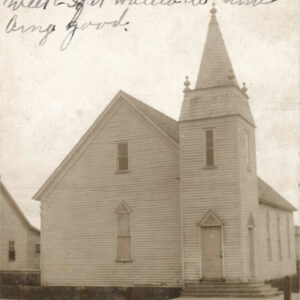 Earle Baptist Church
Earle Baptist Church
 Earle Church
Earle Church
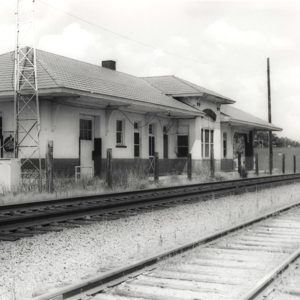 Earle Depot
Earle Depot
 Earle Flood
Earle Flood
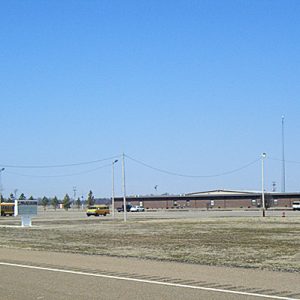 Earle High School
Earle High School
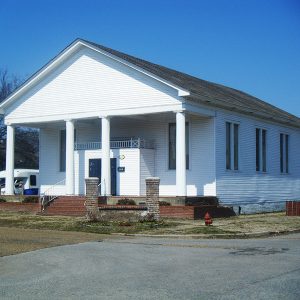 Earle Methodist Church
Earle Methodist Church
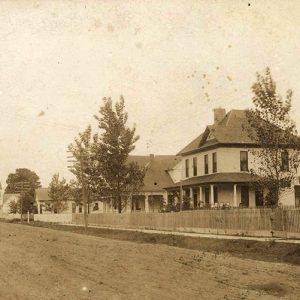 Earle Street Scene
Earle Street Scene
Earnheart (Independence County)
 Easley Cemetery
Easley Cemetery
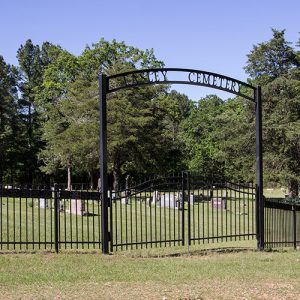 Easley Cemetery
Easley Cemetery
 Entering East Camden
Entering East Camden
East Camden (Ouachita County)
 East Camden City Hall
East Camden City Hall
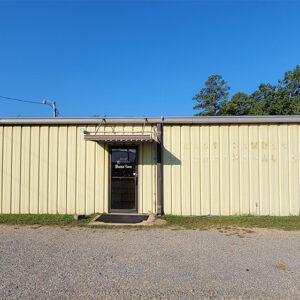 East Camden Court
East Camden Court
 East Camden Fire Department
East Camden Fire Department
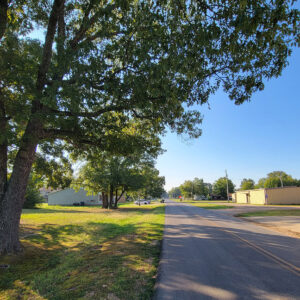 East Camden Street Scene
East Camden Street Scene
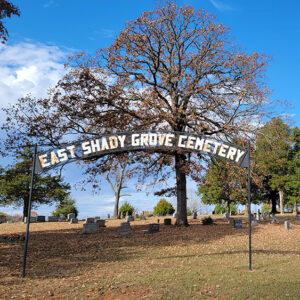 East Shady Grove Cemetery
East Shady Grove Cemetery
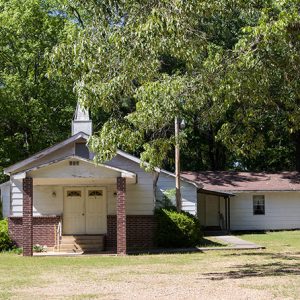 East Whelen Baptist Church
East Whelen Baptist Church
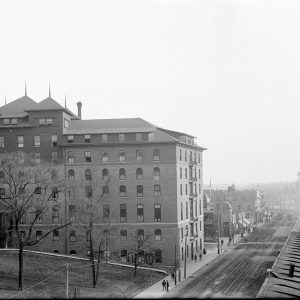 Eastman Hotel
Eastman Hotel
Ebenezer (Hot Spring County)
 Ebenezer Cemetery
Ebenezer Cemetery
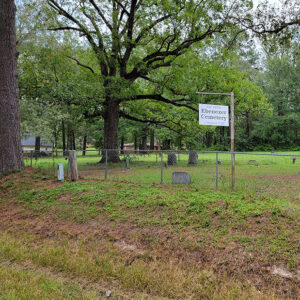 Ebenezer Cemetery
Ebenezer Cemetery




